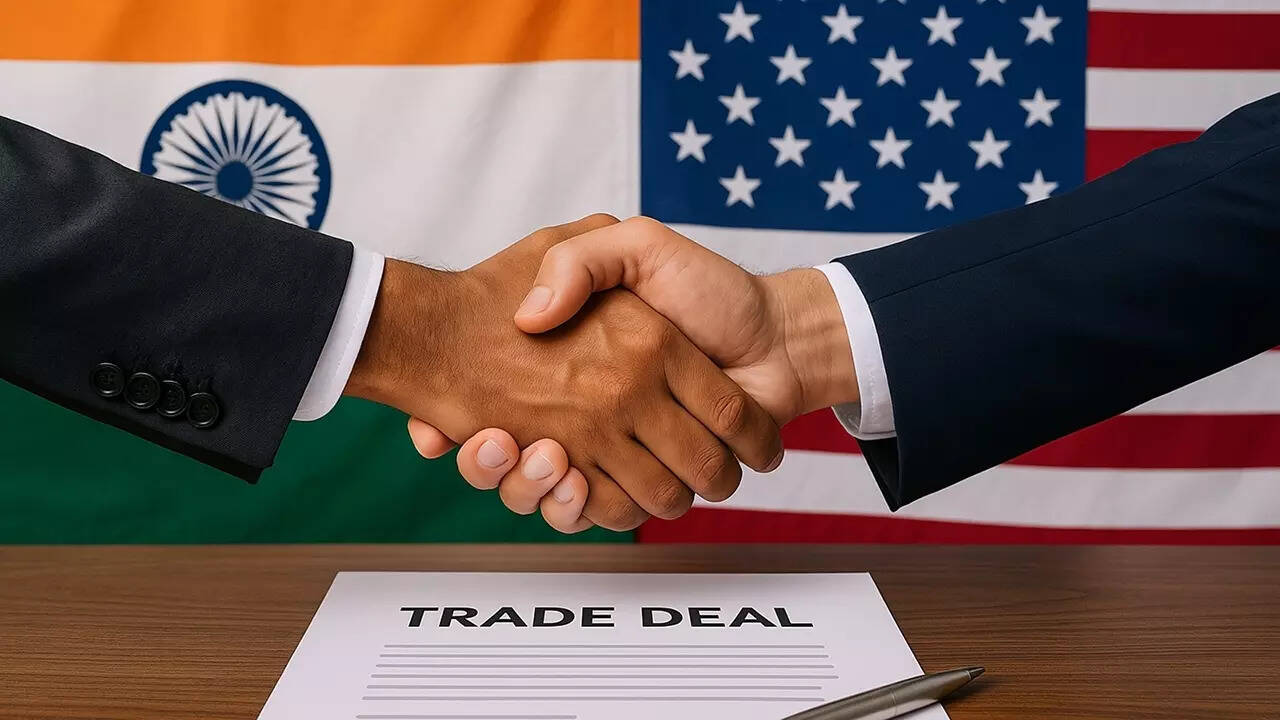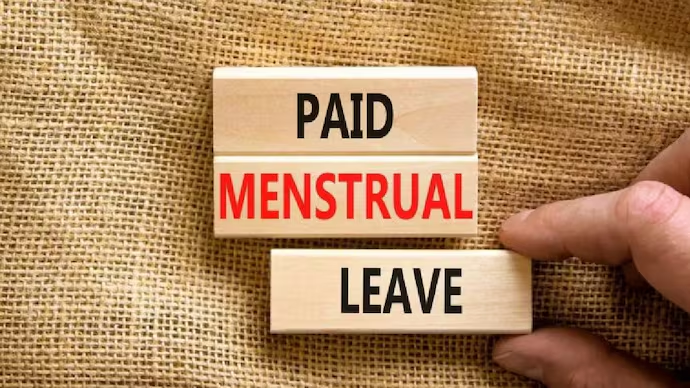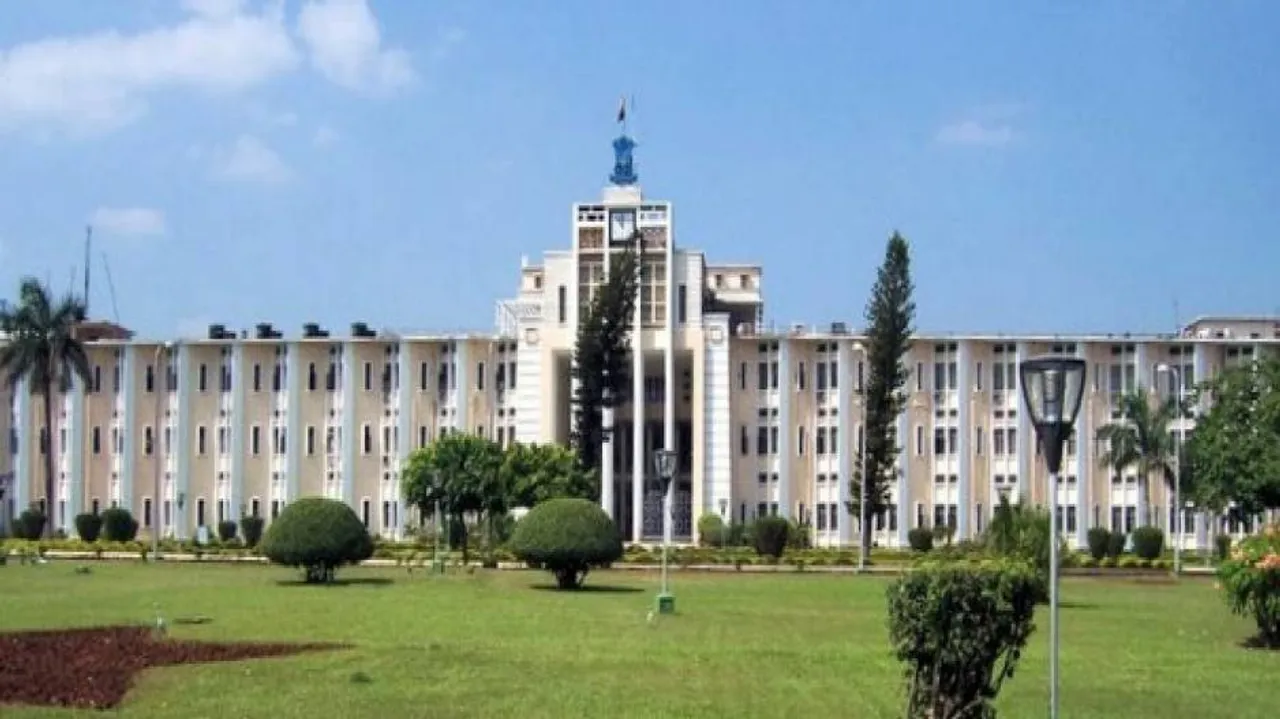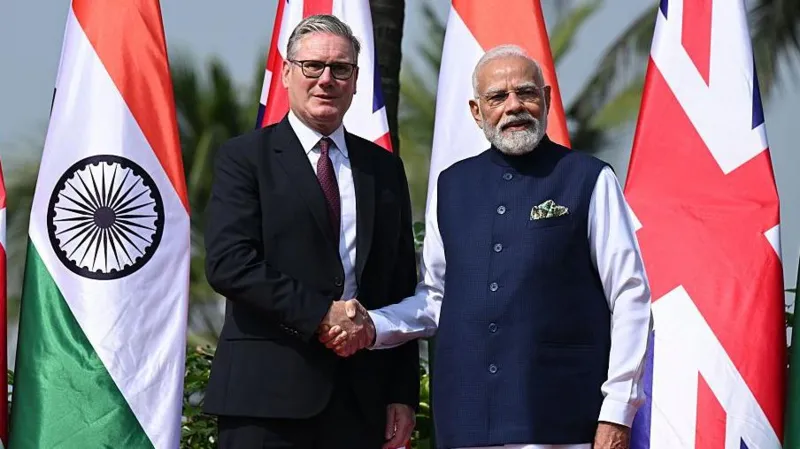Washington, D.C./New Delhi, July 3, 2025 – With the July 9 deadline fast approaching, trade negotiators from the United States and India are working around the clock to finalize a tariff-reduction agreement. However, significant hurdles remain, particularly concerning U.S. agricultural and dairy exports, according to sources familiar with the ongoing discussions.
The urgency follows U.S. President Donald Trump’s recent trade breakthrough with Vietnam, which saw U.S. tariffs on Vietnamese goods drop to 20% from a previously threatened 46%. Trump has also indicated that American products can now enter Vietnam duty-free, although specific terms of that deal remain undisclosed.
India Cautious on Key Agricultural Imports
Tensions remain high as the U.S. pushes for greater access to India’s massive consumer market, including tariff cuts on genetically modified agricultural products like corn, soybeans, rice, and wheat—a demand India continues to resist.
Sources within India’s Commerce Ministry emphasize that Prime Minister Narendra Modi’s administration is unwilling to make concessions that could jeopardize the interests of Indian farmers. “The government doesn’t want to be seen as surrendering farmer interests, which are politically and economically critical,” one official stated.
Instead, India has shown openness to reducing tariffs on a selective list of U.S. products, including walnuts, cranberries, medical devices, automobiles, and energy products, signaling a desire to reach a balanced and strategic agreement.
Strategic Stakes Beyond Tariffs
A U.S. source close to the negotiations noted that “constructive and intense efforts” are underway, and both sides recognize the strategic weight of closing a trade deal. “This isn’t just about economics anymore. The U.S.-India partnership has global significance,” the source said, hinting at deeper diplomatic motives behind the agreement.
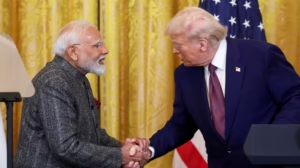
President Trump echoed this sentiment aboard Air Force One, expressing optimism about a breakthrough with India. “We’re very close to a deal that reduces tariffs both ways and gives U.S. companies fair access to India’s 1.4 billion consumers,” he said.
Uncertainty with Japan Amid Broader Trade Agenda
While negotiations with India remain hopeful, Trump was less optimistic about reaching a trade agreement with Japan. He floated the possibility of new tariffs between 30% and 35%, far steeper than the 24% duty imposed earlier this year. Japan, for its part, is seeking relief from existing 25% tariffs on automobiles and steel imposed during earlier rounds of trade talks.
Conclusion
As the July 9 trade deal deadline looms, all eyes are on Washington and New Delhi. The successful resolution of these talks could reshape bilateral trade and reaffirm the growing strategic partnership between India and the United States. However, the outcome hinges on whether the two sides can bridge gaps over sensitive sectors like agriculture, without compromising domestic priorities.


